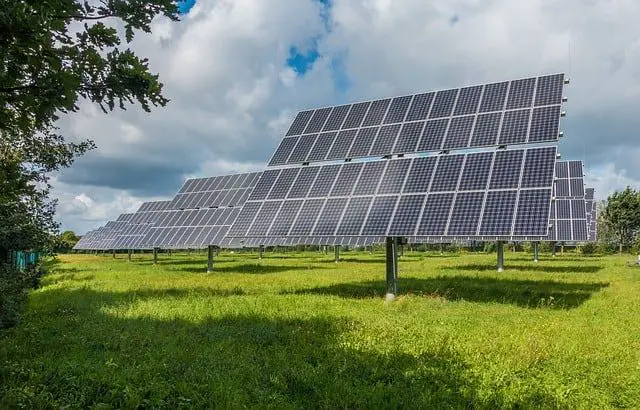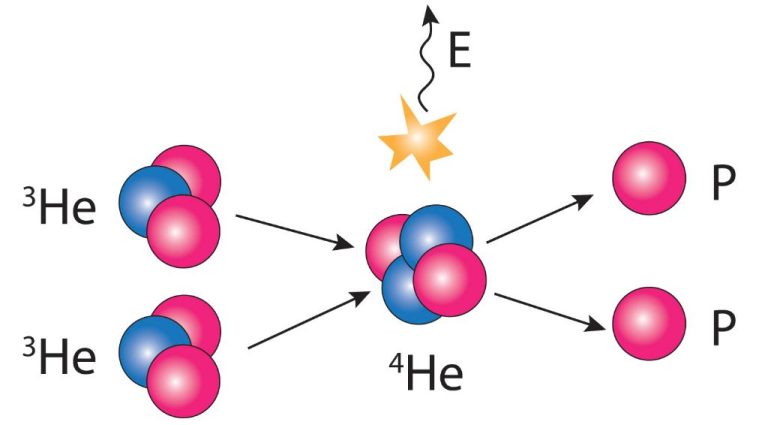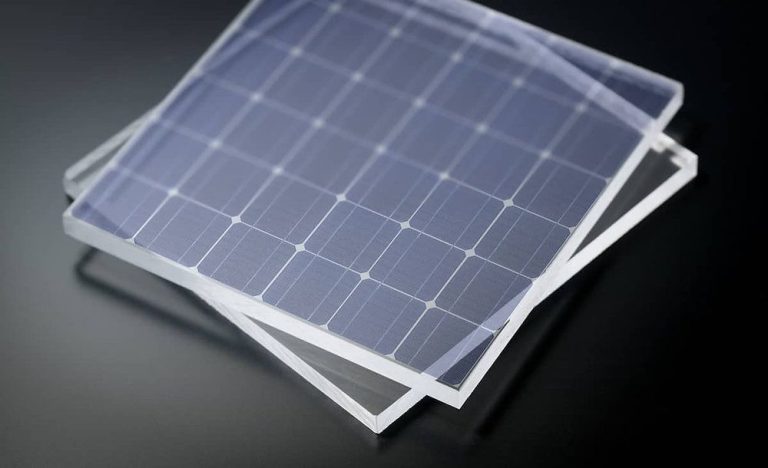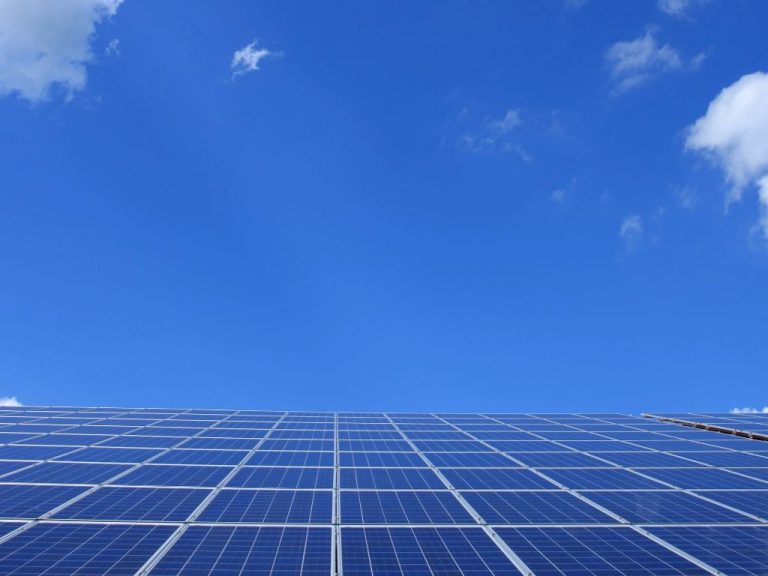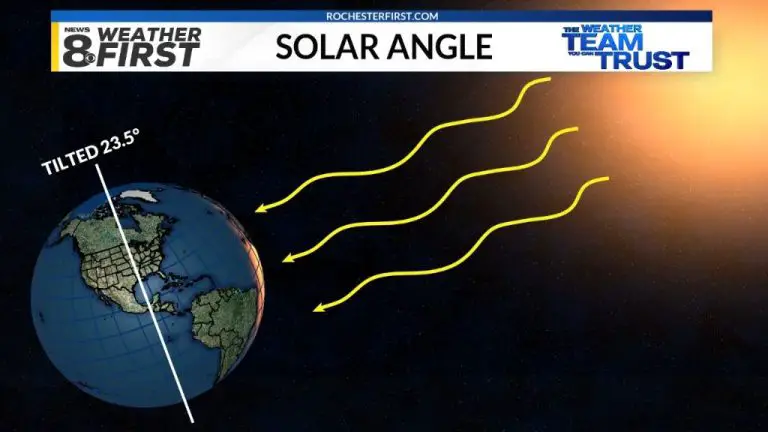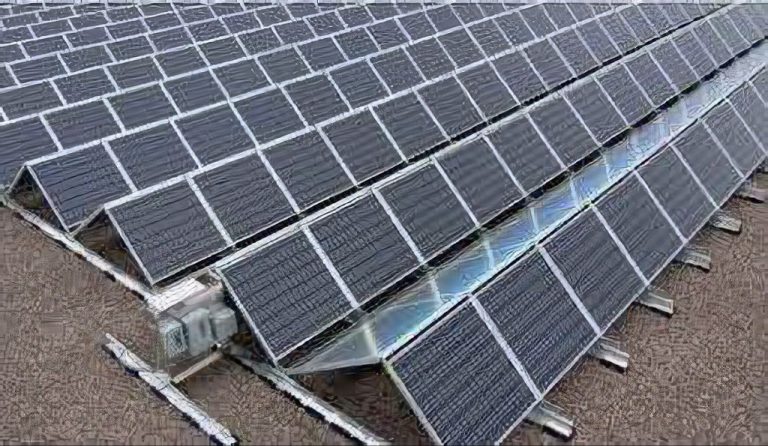Is The Aps Solar Program Worth It?
Arizona Public Service (APS) offers a solar program that allows homeowners to install solar panels on their roofs and sell unused solar energy back to APS. This is known as a net metering program. With this program, solar panels and their installation are financed and owned by APS. Homeowners pay a monthly fee to essentially rent the solar panels, but get to use the solar energy produced. Any excess solar energy gets credited to the homeowner’s account. At the end of the year, if more energy was produced by the solar panels than used by the homeowner, APS will issue a check for the excess.
There are both costs and potential savings associated with participating in the APS solar program. The upfront costs include solar panel installation and a monthly service fee. However, over time the energy savings from using solar can make the investment pay off. There are also environmental benefits from using clean, renewable solar energy. This article will examine the costs, savings, and other pros and cons to help homeowners decide if the APS solar program is worth it for them.
Cost of Solar Panels
The upfront cost of purchasing and installing solar panels on your home can range anywhere from $15,000 to $25,000 on average. This wide range depends on several factors:
- System size – The number of solar panels needed to meet your energy needs.
- Type of panels – More efficient panel types tend to cost more.
- Roof type – Tile roofs often require more labor for installation.
- Location – Labor and permitting costs vary by region.
- Roof direction – South-facing panels produce the most energy.
To get a more accurate estimate, it’s best to get multiple quotes from reputable local installers. They will assess your specific roof setup, energy usage, and state/local incentives to provide a customized price.
Federal Tax Credits
The federal government offers a tax credit to help offset the cost of installing solar panels. This tax credit allows you to deduct 26% of the cost of installing a residential solar system from your federal taxes. The tax credit applies to both the solar panels themselves as well as any additional equipment and installation costs.
To qualify for the federal solar tax credit, the solar system must be placed in service and operational in the tax year when the credit is claimed. Additionally, the solar system must be installed on a residence located in the United States that is owned and used by the taxpayer as their primary or secondary home. Rental properties and commercial properties also qualify for a federal tax credit.
The federal solar tax credit has been extended multiple times but is currently set to phase out. For systems installed in 2022, the tax credit percentage will remain at 26%. However, for systems installed in 2023, the percentage drops to 22%, and then down to 0% for systems installed after 2032. So if you’re considering installing solar panels, it’s best to try to complete the installation sooner rather than later to maximize the credit.
Cost Savings
Going solar can significantly reduce or even eliminate your monthly electric bill. The amount of savings depends on several factors:
- How much electricity your solar panels generate – This depends on the size of your system, orientation, shading, etc.
- The electricity rate you pay your utility – Those with high rates will see greater savings.
- Net metering policies – Most utilities give you bill credit for excess solar energy sent back to the grid.
- Electricity usage – High energy users will offset more of their bill with solar.
On average, a home solar system in Arizona can cut electricity costs by 50-75%. For a typical home using 800 kWh per month, that could mean $75-$100 in monthly savings. Over the lifetime of a system, electricity bill savings can add up to tens of thousands of dollars.
When estimating your potential cost savings, look at your average monthly energy usage and utility rates. There are also online solar calculators that can provide a savings estimate based on your location and system specifics.
Payback Period
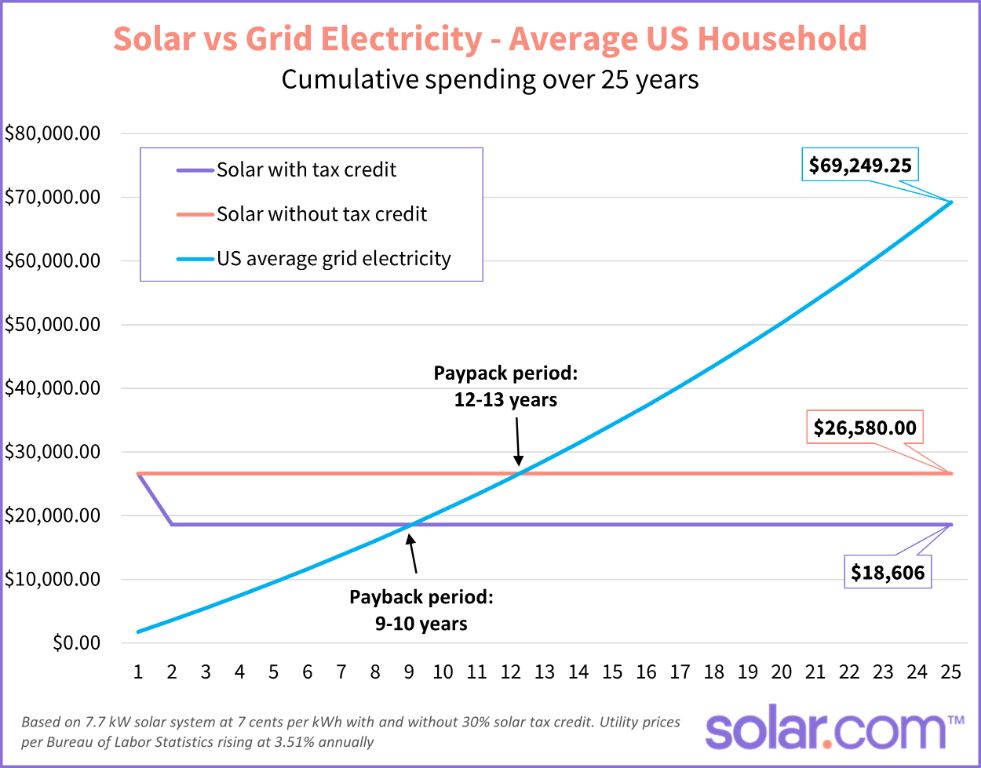
The payback period refers to the amount of time it takes for a solar panel system to pay for itself through energy savings. This is an important consideration when deciding whether solar power is a worthwhile investment.
For most homeowners, the payback period for a solar panel system is between 6 to 12 years. This can vary based on factors like your location, energy usage, system size, electricity rates, and any solar incentives or rebates available. Places with high electricity costs and strong sun exposure will have faster payback periods.
To calculate the payback period specifically for your home, you’ll need to compare the upfront cost of the solar panel system to your estimated annual energy savings. This gives you a rough estimate of the years it will take to recoup your initial investment. Many solar companies can provide detailed payback period estimates during consultations.
Generally, a payback period of 10 years or less is considered a worthwhile solar investment. Lower payback periods of 6-8 years are ideal. Once your system is paid off, you can enjoy free electricity from the sun for many years to come.
Environmental Benefits
Installing solar panels can significantly reduce your home’s carbon footprint. Traditional energy sources like coal and natural gas release greenhouse gases like carbon dioxide into the atmosphere when burned to generate electricity. In contrast, solar panels produce clean, renewable energy from the sun without emitting any greenhouse gases.
According to the Solar Energy Industries Association, the average 5kW residential solar system in Arizona prevents more than 6 tons of carbon dioxide emissions per year. That’s equivalent to not burning over 6,000 pounds of coal. As solar energy continues to grow and displace fossil fuel-generated electricity, it can play an important role in reducing overall carbon emissions and fighting climate change.
Going solar allows homeowners to take personal responsibility for their carbon footprint. Producing your own emissions-free electricity means you aren’t dependent on dirty energy sources that pollute the air. Solar energy protects the environment today and ensures a cleaner planet for future generations.
Maintenance
Solar panels require little maintenance but some care is needed to keep them operating efficiently. Regular cleaning is recommended to remove dirt, dust, leaves, bird droppings and other debris that can build up on the panels and block sunlight. Using a soft brush and water is usually sufficient for cleaning solar panels. Avoid abrasive or harsh cleaning products that could scratch the glass surface. Check the panels a couple times per year and clean as needed.
Occasional inspections of the panels, inverter, and wiring are also a good idea to check for damage, wear and tear, rodents/pests, etc. Most solar equipment comes with long warranties but any issues should be addressed promptly to avoid bigger problems. Replacement of inverters may be needed after 10-15 years. The solar company that installed the system can provide maintenance and repairs if needed.
Overall, solar panel systems are very low maintenance. With minor care and cleaning, they can keep producing clean energy for decades. Any maintenance costs are far outweighed by the energy savings and environmental benefits.
Warranties
When considering solar panels, it’s important to understand the warranties that come with the equipment and installation. Reputable solar companies will offer strong warranties to guarantee the system and reassure customers.
For the solar panels themselves, manufacturers typically provide a 25-year linear power output warranty. This means the solar panels are guaranteed to produce at least 80% of their original rated power after 25 years. Some companies offer 30-year linear warranties. This ensures the panels will continue generating the majority of their original energy, even decades after installation.
Inverters, which convert the solar energy into usable AC power, usually come with 10-year warranties. Quality inverters should still have useful lifespans beyond this, but the warranty provides assurance that the inverter is built to last.
For the full solar system installation, many installers offer workmanship warranties of at least 10 years. This protects against defects and flaws in the original installation work. Skilled installers who fully stand behind their work may even offer 20-25 year workmanship warranties.
Reviewing the fine details of these equipment, performance, and workmanship warranties can provide peace of mind about the investment in a solar system. Strong solar panel and installation warranties demonstrate that the system is built to provide clean energy for decades.
Home Value
Many homeowners consider installing solar panels as an investment that can increase the resale value of their home. There are a few key factors that impact whether solar panels will increase your home’s value:
– Location – Homes in areas with high electricity costs are likely to see a greater appraisal value increase from solar panels than homes where electricity is cheaper. California and the Northeast tend to see strong home value bumps from solar.
– System Ownership – If you purchase the solar panel system outright, it will add more value than a leased or financed system. Owned systems transfer to the new homeowner, while leased/financed systems may not.
– Mortgages – Some mortgages or home insurance policies place restrictions on transferring solar leases/financing, which can complicate a home sale. Having an owned system avoids these issues.
– Home Buyer Interest – In competitive markets, eco-conscious home buyers may pay a premium for a solar powered home. But in markets with low solar penetration, it may not impact the sale price.
– Appraisals – Appraisers are still playing catch-up in properly valuing home solar systems. Get an appraisal before and after installation to assess the value boost solar provides in your market.
Overall, owned solar systems in high electricity cost regions are likely to increase a home’s resale value. But results can vary based on your specific market and mortgage situation.
Conclusion
When considering whether installing solar panels through the APS solar program is worthwhile, it is important to weigh the costs against the benefits. The upfront cost of purchasing and installing solar panels can be high, ranging from $10,000-$30,000 depending on system size and roof type. However, federal tax credits can cover 26% of installation costs and APS rebates can cover up to $30,000 over 10 years. This can significantly offset the initial investment.
Over the lifetime of the system, homeowners can save thousands in electricity costs. Solar panels can eliminate or drastically reduce monthly electric bills, providing a strong return on investment over time. The breakeven point where energy savings surpass system costs depends on electricity rates and solar panel production, but is often within 5-10 years.
In addition to monetary savings, solar panels provide environmental benefits by generating clean, renewable energy and reducing reliance on fossil fuels. They can also increase a home’s value and provide decades of free electricity after the system is paid off.
Overall, while the APS solar program requires an upfront investment, the long-term savings, tax incentives, increased home value, and environmental benefits can make going solar a worthwhile endeavor for many homeowners.

